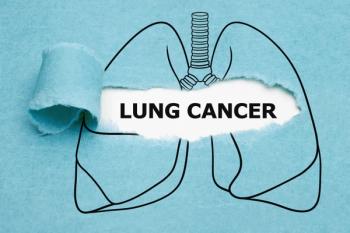
5 Key Takeaways From the AF4Q Initiative
The American Journal of Managed Care recently published the findings of a 10-year initiative to improve the delivery of high-quality, cost-effective care. Here are 5 key takeaways from the research.
In a special supplement of The American Journal of Managed Care (AJMC), researchers published findings on a long-term investment to improve the delivery of high-quality, cost-effective care. The Robert Wood Johnson Foundation launched Aligning Forces for Quality (AF4Q) with the aim of improving healthcare quality through a regional approach.
While the ideal healthcare system is still out of reach in the United States, the
1. Results were 10 years in the making
The AF4Q initiative was launched well before the Affordable Care Act. The
2. AF4Q tracked alliances’ efforts to improve care delivery
As part of this initiative, the alliances implemented quality improvement activities. There was some overlap in how they went about this—
Some of those choices are having lasting impacts. The alliance in Cincinnati began a series of multi-payer PCMH pilot programs, and the work was credited for being the reason why the region was chosen to participate in CMS’ Comprehensive Primary Care initiative. Then, Ohio created a State Innovation Model award, which focused on PCMH adoption.
3. Consumer engagement was a key pillar of AF4Q
The Robert Wood Johnson Foundation envisioned
The most common way alliances embraced consumer engagement was through less direct interaction with large numbers of individual consumers by involving them in alliance governance. However, 2 of the alliances that had more experience with consumer engagement developed self-management programs and integrated patients into quality improvement teams.
4. AF4Q aimed to advance healthcare equity
The alliances were tasked with measuring and addressing local healthcare disparities by:
- Advancing the collection of data on patients’ race, ethnicity, and primary language spoken by hospital and primary care practices
- Stratifying clinical quality and other healthcare system performance measures by race, ethnicity, and primary language spoken, or socioeconomic status in order to identify priorities for reducing disparities
- Implementing programs or other interventions to eliminate observed disparities
However, the alliances did not perform particularly well in this area.
“Few alliances were able to develop communitywide systems to track local healthcare disparities or implement large-scale initiatives to reduce disparities during the 7 years that these objectives were advanced by the AF4Q initiative,”
5. Ultimately, the AF4Q program led to modest improvements
During the course of the AF4Q initiative, the rest of the country began making similar quality and care improvement efforts through other initiatives and reforms. Likely due to other efforts, AF4Q had less impact than expected.
The researchers observed similarly improving trends in both AF4Q and non-AF4Q communities during the course of the initiative.
“With a few exceptions, we did not find consistent evidence that AF4Q regions, over the life of the program, improved population health, improved quality and experience of care, or reduced the cost of care more than did the rest of the United States,” authors of one of the supplement’s papers
Related
Donald M. Berwick, MD, MPP, president emeritus and senior fellow of the Institute for Healthcare Improvement and guest editor of the AF4Q supplement, discussed the findings in a series of video interviews.
Newsletter
Stay ahead of policy, cost, and value—subscribe to AJMC for expert insights at the intersection of clinical care and health economics.















































